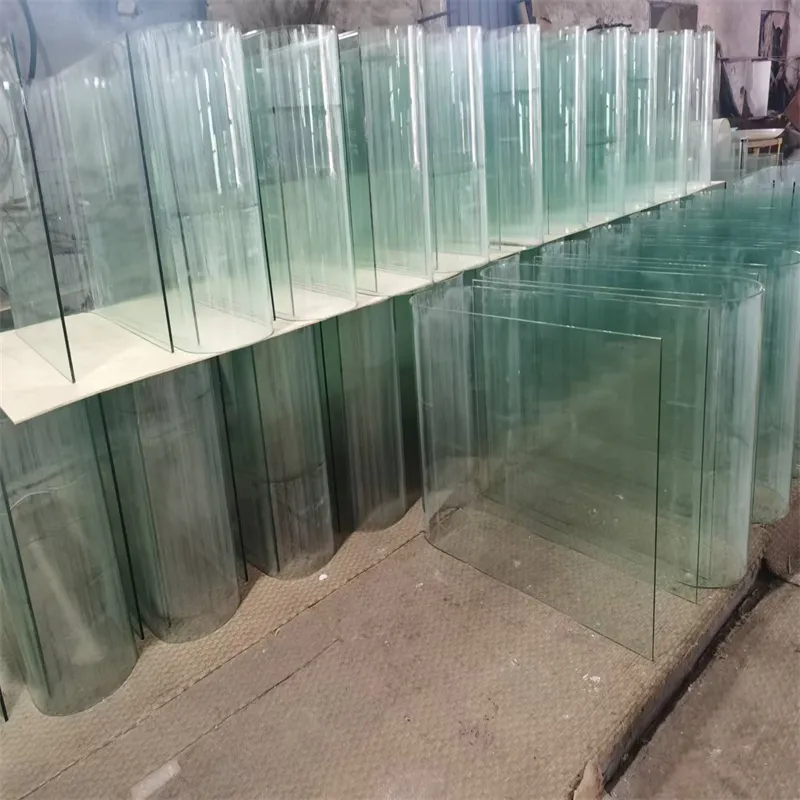Dec . 01, 2024 10:03 Back to list
Innovative Design Solutions with Modern Architectural Glass Panel Applications
The Evolution of Architectural Glass Panels A Modern Marvel
In the realm of architecture, the evolution of materials has profoundly influenced design and functionality. Among these materials, architectural glass panels have emerged as a pivotal element that transforms spaces and redefines the boundaries between the built environment and nature. These sleek, transparent façades not only serve aesthetic purposes but also enhance energy efficiency and contribute to the sustainability of modern buildings.
The Aesthetic Appeal of Glass Panels
Architectural glass panels are synonymous with modernist design. Their ability to merge indoor and outdoor environments creates a seamless flow that many architects and designers aspire to achieve. The clarity and brilliance of glass allows natural light to flood interior spaces, which can lead to an enhanced sense of openness and creativity. This characteristic is particularly significant in urban environments where space is at a premium. By utilizing large glass panels, buildings can appear less imposing and more inviting, fostering a connection between the occupants and the surrounding landscape.
Moreover, architectural glass is versatile in its design application. From curtain walls and skylights to intricate glass balustrades, architects can push the boundaries of what is possible. The variety of finishes, tints, and textures available allows for infinite customization, enabling architects to create unique visual narratives tailored to their specific projects. This adaptability is one of the key reasons why glass panels have become a staple in contemporary architecture.
The Technological Advances in Glass Production
The production of architectural glass has witnessed remarkable advancements. Traditionally, glass was limited in its functional properties; however, innovative technologies have transformed it into a multi-functional material. Modern glass panels can be treated to enhance thermal insulation, solar control, and even sound attenuation. For instance, low-emissivity (low-E) glass reflects heat while allowing daylight to permeate, resulting in energy-efficient buildings that reduce reliance on artificial lighting and climate control systems. This is particularly beneficial in climates with extreme temperatures, where controlling indoor environments can lead to significant energy savings.
architectural glass panels

Furthermore, modern architectural glass can be integrated with smart technologies. An example of this is the advent of electrochromic glass, which can change its tint when an electric charge is applied. This adaptability not only enhances privacy but also contributes to energy efficiency by reducing solar heat gain during peak sunlight hours. Smart glass technologies are paving the way for responsive architecture that can adjust to environmental conditions in real-time.
Sustainability and Environmental Considerations
As the world grapples with the challenges posed by climate change, the role of architectural glass panels in promoting sustainability has come to the forefront. The use of glass in buildings supports sustainability in several ways. First, many architectural glass manufacturers adhere to eco-friendly production practices. Second, buildings that capitalize on natural light reduce their energy consumption significantly, lessening their carbon footprint. Additionally, glass is recyclable; when a building reaches the end of its life cycle, the glass panels can be reclaimed and reused in new construction.
Architects are increasingly prioritizing sustainable design, and the integration of glass panels plays a crucial role in this movement. By conducting thorough energy modeling and choosing the right types of glass, designers can create structures that not only look good but also adhere to modern environmental standards.
Conclusion
Architectural glass panels represent a convergence of art, technology, and sustainability. Their ability to enhance the aesthetic quality of buildings while providing functional advantages makes them indispensable in contemporary architecture. As we move forward, the continued innovation in glass technology promises to further elevate its role in the built environment, fostering designs that are not only beautiful but also environmentally responsible. The future of architecture lies in these transparent marvels that connect us with our surroundings, transforming our experiences of space, light, and nature.
-
Safety and Style with Premium Laminated Glass Solutions
NewsJun.24,2025
-
Reinvents Security with Premium Wired Glass
NewsJun.24,2025
-
Premium Float Glass Line for Modern Architecture
NewsJun.24,2025
-
Low Emissivity Glass for Energy-Efficient Architecture
NewsJun.24,2025
-
High-Performance Insulated Glass Solutions for Modern Architecture
NewsJun.24,2025
-
Elevates Interior Style with Premium Silver Mirror
NewsJun.24,2025
Related PRODUCTS














